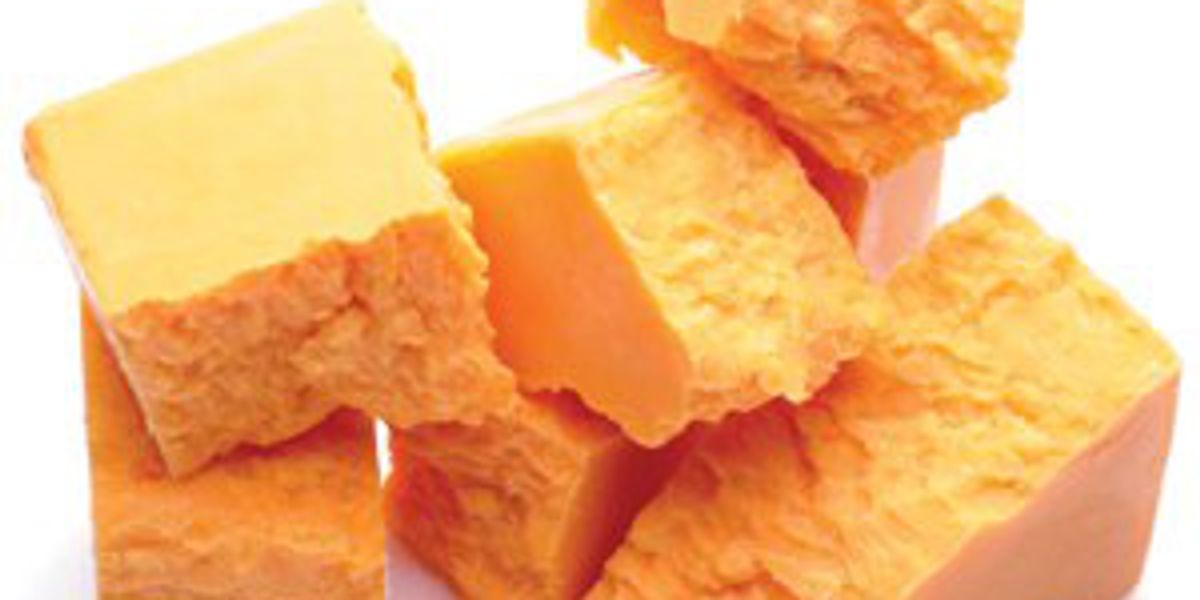Say Cheese!
Whether shredded, melted or sliced, cheese can transform an ordinary meal into a culinary delight. Unfortunately, it often gets a bad rep—since that fantastic taste comes with a lot of calories, fat and sodium. But while filling your daily diet with nachos, macaroni and cheese, and pizza isn’t the best way to get through long hours in the studio, that doesn’t mean you should rule out cheese altogether. Here’s what you need to know about this delicious dairy staple.
Cheese is delicious and nutritious.
Cheese doesn’t just add flavor to a meal—it adds nutrition, too! It contains calcium and protein, two important nutrients for dancers. According to Marie Scioscia, a registered dietician and sports nutritionist who works for The Ailey School, protein helps with muscle growth and development and can contribute to a healthy immune system, and calcium is important for dancers’ bone health. “Calcium also offers relief from PMS,” says Jan Hangen, a registered dietician at Boston Children’s Hospital and nutritionist for the Boston Ballet. “That’s something we don’t always talk about!”
Cheese is packed with phosphorous and vitamins A and B, which are good for your bones and skin and give you energy. It also contains biotin, a water-soluble B vitamin that may improve your hair’s health.
Low-fat is where it’s at.
Although full-fat cheese is packed with nutrients, it does have a downside: high levels of cholesterol and saturated fat. Cheddar (especially aged varieties) is a particularly bad offender, with 9.4 g of total fat (6 g of which are saturated) and 114 calories per one-ounce serving. In general, cheeses like part-skim mozzarella and Parmesan have less fat and fewer calories than other popular alternatives. “But the fat content isn’t so high that you want to stay away from it entirely,” Hangen says. Instead, look for reduced-fat options. The little bit of fat will help your body absorb nutrients, and you’ll get the protein you need without the drawbacks.

Velveeta
“Cheese food” is not just cheese.
“Processed cheese is mixed and heated with emulsifying salts to create ‘cheese foods,’ ” Hangen says. Processed cheeses like American cheese, Velveeta and many cheese spreads have their benefits: They’re smooth, easy to melt and taste good. “They’re also generally lower in fat,” Hangen adds. But the processing comes at a price. The most popular of processed cheeses, American cheese, is actually made from a blend of different cheeses, most commonly Colby and cheddar, and unfortunately that’s not all that goes into it. Like other processed cheeses, American contains preservatives, additives and dye (to get that fun yellow color). These cheeses can also be high in sodium. Why is this so important to dancers? Extra sodium makes us excrete calcium instead of retaining it in our body, Scioscia says. You don’t need to avoid processed cheese products altogether, but both our dieticians agree: Moderation is key. When choosing between cheese products, be sure to read the ingredients. “Don’t just look at the nutrition facts label,” Hangen says. “The closer to all-natural ingredients you can get, the better off you’ll be.”
What’s the verdict?
Cheese passes the dietician test! Although we wouldn’t recommend eating a block of cheese with every meal, this tasty option can add flavor and nutrition to your daily diet. According to the 2010 Dietary Guidelines for Americans, people ages 9 and above should be eating at least three servings of low-fat or fat-free milk, cheese or yogurt each day. But a serving size might be smaller than you think. “The problem is cheese tastes so good that it’s difficult to stop with only one slice!” Scioscia warns. So how much should you eat? One and a half ounces of hard cheese (like cheddar), one-third cup grated cheese (like Parmesan) or two ounces of processed cheese all equal one serving. “Remember, all foods can fit into a varied diet with moderation,” Scioscia says. So next time you need a healthy snack that fills you up and keeps you going, add a slice of cheese!
Swap It Out!
Brie may be creamy, but feta is better. Sure, baked Brie cheese tastes good, but it also packs a lot of calories and fat. Next time you’re in need of a savory topping, sprinkle a little feta on instead. It’s lower in calories, total fat and saturated fat. Plus, the sharp flavor means a little goes a long way.

Feta
Craving a cheesy spread? Try cottage cheese. Low-fat cottage cheese isn’t just good as a standalone snack—it can add flavor to other foods, like crackers and fruit, as well. “Cottage cheese is one of the best spreadable cheeses out there,” says Boston Ballet nutritionist Jan Hangen. It’s relatively low in calories and fat, making it an excellent snack option to keep you going between rehearsals.
Instead of pre-packaged Singles, reach for a cheese wedge. Light versions of products like The Laughing Cow Wedges can be a great way to add calcium and protein to your diet without all the fat. These lower-calorie, lower-fat snacks also tend to have fewer additives, making them a healthier choice than something like sliced American cheese. As an added benefit, they’re super-portable and can survive for a couple hours in a lunch bag with a cold pack. Hangen recommends using a spreadable cheese, which comes in many different flavors, instead of mayonnaise to add protein to your meal.
Vegans can have cheese, too! (Well…sort of.) Giving up animal products doesn’t mean you need to give up that delicious cheese taste. Today there are a variety of vegan alternatives on the market made from plant products. These options are also ideal for those who can’t eat cheese because of allergies or intolerances. Hangen recommends Creamy Sheese, a spreadable cheese product made from mostly water and soybean oil that comes in five flavors. For your favorite Italian dishes, try Galaxy Nutritional Foods’ Vegan Parmesan made from soybean oil. How’s the taste? “It’s actually really good!” Hangen says.




